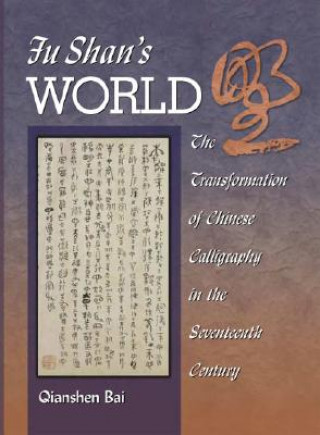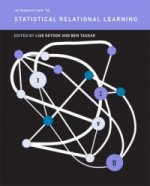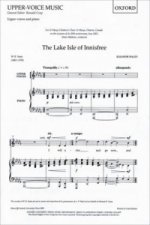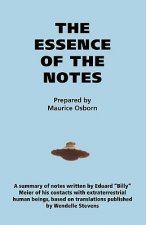
Doručení
Nákupní rádce





Nehodí se? Vůbec nevadí! U nás můžete do 30 dní vrátit
 Dárkový poukaz
V libovolné hodnotě
Dárkový poukaz
V libovolné hodnotě
S dárkovým poukazem nešlápnete vedle. Obdarovaný si za dárkový poukaz může vybrat cokoliv z naší nabídky.
Fu Shan's World
 Angličtina
Angličtina
 185 b
185 b
30 dní na vrácení zboží
Mohlo by vás také zajímat


For 1,300 years, Chinese calligraphy was based on the elegant art of Wang Xizhi (AD303-361). But the 17th-century emergence of a style modelled on the rough, broken epigraphs of ancient bronzes and stone artifacts brought a revolution in calligraphic taste. By the 18th century, this led to the formation of the stele school of calligraphy, which continues to shape Chinese calligraphy today. A dominant force in this school was the eminent calligrapher and art theorist Fu Shan (1607-1685). Because his work spans the late Ming-early Qing divide, it is an ideal prism through which to view the transformation in calligraphy. Rather than seek a single explanation for the change in calligraphic taste, the author demonstrates and analyzes the heterogeneity of the cultural, social and political processes behind it. Among other subjects, the book covers late Ming interaction between high and low culture; the role of publishing, the Ming loyalist response to the Qing; and early Qing changes in intellectual discourse. In addition to the usual approach of art historians, it adopts the theoretical perspectives of such fields as material culture, print culture, and social and intellectual history.
Informace o knize
 Angličtina
Angličtina




 Jak nakupovat
Jak nakupovat
































